The Rise of the Humanoid Workforce: Diagnosing and Repairing the Next Generation of Robots (Apollo, Ameca, Optimus & Beyond)
The narrative around humanoid robots has shifted dramatically. No longer confined to science fiction, we’re witnessing a rapid acceleration of development and deployment in real-world settings. From Apptronik’s Apollo assisting in Mercedes factories to Tesla’s Optimus demonstrating self-replication, and Ameca’s strides towards mobility, the age of the humanoid workforce feels increasingly imminent. These machines promise to revolutionize industries from manufacturing to logistics, potentially reshaping the very fabric of our economy. But with increasing complexity comes an inevitable challenge: maintenance and repair. This article explores the landscape of potential damages and malfunctions facing these advanced humanoids and examines how Fix4Bot.com is positioned to become the leading solution for diagnosing, repairing, and maintaining the burgeoning humanoid robot market.
The Current State of Humanoid Robotics: Growth and Vulnerabilities
The movement is driven by major players like Tesla, Apptronik, Boston Dynamics, and Unitree, each pushing technological boundaries with impressive, albeit still early-stage, robots. Apptronik’s Apollo, working alongside humans on assembly lines at Mercedes, exemplifies the shift towards collaborative robotics. Tesla’s Optimus is captivating the world with demonstrations of basic tasks and, notably, its ability to form components for new units. Ameca, with its incredibly expressive face and recent progress in locomotion, represents a leap in human-robot interaction. And companies like Unitree are offering increasingly accessible and capable quadrupedal robots, attracting both researchers and hobbyists.
However, the excitement surrounding these advancements often overshadows the significant engineering and operational challenges inherent in deploying highly complex, dynamically moving machines. These robots aren’t simply automated arms; they are intricate systems of actuators, sensors, control software, and sophisticated AI algorithms – a perfect storm for potential failures.
Common Failure Points for Humanoid Robots
Understanding the potential points of failure is crucial for proactive maintenance and rapid repair. We can categorize them broadly into mechanical, electrical, sensor-related, and software/AI malfunctions.
- Mechanical Failures: This category is significant, given the constant stress and dynamic movements these robots endure.
- Actuator Wear & Tear: Humanoids rely heavily on electric motors and hydraulic actuators to move limbs and joints. These components are subjected to cyclical stress, leading to wear, friction, and eventual failure. Gearboxes, bearings, and motor windings are particularly vulnerable.
- Joint Damage: Repeated movements, especially under load, can damage joints, leading to looseness, binding, or complete failure. This is exacerbated by imperfect surface interactions and unpredictable environmental factors.
- Structural Fatigue: The frames and skeletal structures of humanoids, typically constructed from lightweight alloys or composites, can experience fatigue cracks over time. High-impact collisions – even minor ones in a factory setting – can accelerate this process.
- Gripper and End-Effector Issues: The hands or end-effectors of humanoid robots are critical for manipulation tasks. They are constantly interacting with objects, and are therefore prone to wear, damage from sharp objects, and blockage by debris.
- Electrical Failures: The power distribution and control systems are the nervous system of a humanoid.
- Wiring Harness Damage: Flexible wiring harnesses are used extensively to connect actuators and sensors. These are prone to chafing, breakage, and short circuits, particularly during regular movements.
- Power Supply Issues: Fluctuations in power, overloads, or failures within the power supply can destabilize the entire system.
- Motor Driver Faults: Electronic motor drivers are essential for controlling the speed and torque of actuators. These components are susceptible to overheating and damage from electrical surges.
- Sensor-Related Issues: Precise sensing is key for navigation, object recognition, and task execution.
- Vision System Degradation: Cameras, LiDAR, and other vision sensors can be affected by dirt, scratches, or environmental factors (e.g., extreme temperatures, humidity). Calibration drift is also a common problem.
- Force/Torque Sensor Malfunctions: These sensors, often embedded in joints or end-effectors, can become inaccurate or fail entirely, leading to instability and unsafe operation.
- IMU & Inertial Sensor Errors: Inertial Measurement Units (IMUs) provide crucial data for balance and orientation. Drift and calibration problems are common.
- Proximity Sensor Failure: Proximity sensors are used for collision avoidance and object detection. Malfunctions can lead to unexpected movements or collisions.
- Software & AI Related Malfunctions: Humanoid robots rely on sophisticated software for control and decision-making.
- Control Algorithm Bugs: Errors in the control algorithms can result in erratic movements, instability, or complete lockups.
- AI Perception Errors: If the robot misinterprets its environment due to faulty sensor data or flawed AI models, it can make incorrect decisions, potentially leading to damage to itself or its surroundings.
- Communication Errors: Loss of communication between different modules of the robot (e.g., sensors, actuators, central controller) can disrupt operation.
Fix4Bot.com: A Centralized Solution for Humanoid Robot Maintenance
Addressing these complex challenges requires a specialized and comprehensive approach. Fix4Bot.com is emerging as a critical resource, built specifically to support the maintenance and repair needs of this rapidly expanding humanoid robot sector. Our platform offers a three-pronged approach:
- Diagnostic Services – Remote and On-Site:
- Remote Diagnostics: Leveraging secure data streams from robots equipped with diagnostic sensors, Fix4Bot.com offers remote diagnostic capabilities. Our team of expert robotic engineers can analyze performance data, identify anomalies, and pinpoint potential sources of failure – often before they become critical. This drastically reduces downtime and preventative maintenance costs.
- On-Site Support: For more complex issues, our network of certified technicians offers on-site repair and maintenance services. We specialize in humanoid robot models, ensuring technicians have the expertise and specialized tools needed to perform reliable repairs.
- Parts Procurement & Supply Chain Management:
- Extensive Parts Database: Sourcing components for humanoid robots can be difficult and time-consuming. Fix4Bot.com maintains an extensive database of genuine and compatible parts for a wide range of models (Apollo, Optimus, Ameca, Unitree, and others), streamlining the procurement process.
- Global Supply Chain Network: We have established partnerships with manufacturers and suppliers worldwide, ensuring access to essential components and reducing lead times.
- 3D Printing & Custom Fabrication: For obsolete or difficult-to-find parts, our in-house 3D printing and custom fabrication capabilities provide a rapid and cost-effective solution.
- Knowledge Base & Training Resources:
- Interactive Troubleshooting Guides: Our online platform provides detailed, step-by-step troubleshooting guides for common humanoid robot issues, empowering internal maintenance teams to resolve many problems independently.
- Repair Manuals & Schematics: Access to maintenance manuals, schematics, and wiring diagrams is essential for effective repairs. Fix4Bot.com provides curated collections of these resources for various humanoid robot models.
- Training Programs: We offer training programs for technicians and engineers focused on humanoid robot maintenance, covering topics such as actuator repair, sensor calibration, and control system diagnostics.
Fix4Bot.com and the Specific Challenges of Leading Humanoid Platforms
Let’s examine how Fix4Bot.com addresses the unique repair needs of some key humanoid models:
- Apptronik Apollo: Given its deployment in real-world industrial environments, Apollo faces challenges such as collisions with objects, exposure to dust and debris build-up, and repetitive strain on its joints. Fix4Bot.com focuses on rapid actuator replacement, gripper maintenance, and impact damage repairs. Our downloadable troubleshooting guides address common issues like erratic movements and sensor malfunctions.
- Tesla Optimus: With a focus on self-replication and increasingly complex tasks, Optimus presents unique diagnostic hurdles. Fix4Bot.com supports Optimus with expertise in motor control diagnostics, component analysis from its self-built parts and wide access to original Tesla robotics parts. Comprehensive training programs for Optimus maintenance are also being developed.
- Ameca: Ameca’s highly expressive face and advanced haptic feedback systems demand a precision approach to repair. Fix4Bot.com’s skilled technicians are trained in servicing its intricate facial actuators and sensitive haptic sensors. We focus on precision calibration and delicate component replacement preventing damage to its unique features.
- Unitree: Unitree’s affordable and accessible quadruped robots have accelerated research within robotics, making them ideal for various research projects across universities. However, the increased use of these robots will initially ask for skilled technicians, making Fix4Bot.com’s support lower costs with a large, industrially capable network of specialists.
The Future of Humanoid Robot Maintenance
The humanoid robot market is poised for explosive growth, and the demand for maintenance and repair services will follow suit. Key trends shaping this future include:
- Predictive Maintenance: The integration of machine learning into robotic systems will enable predictive maintenance, anticipating potential failures before they occur. Fix4Bot.com is actively developing AI-powered diagnostic tools to leverage this trend.
- Modular Design: Increasingly, humanoid robots are being designed with modular components, making repairs and replacements easier.
- Remote Repair Capabilities: Advancements in augmented reality (AR) and remote collaboration tools will enable expert technicians to remotely guide on-site personnel through complex repairs.
- Standardization of Components: Greater standardization of components across different robot platforms will simplify the procurement process and reduce costs.
Fix4Bot.com is committed to being at the forefront of this evolution, continually expanding our services and expertise to meet the ever-changing needs of the humanoid robot industry. By providing comprehensive diagnostic, repair, and support solutions, we aim to accelerate the widespread adoption of these transformative technologies and unlock their full potential across various sectors.
[Disclaimer: As stated in the original source material, this article is for informational purposes only and does not constitute financial advice. Always consult with a qualified professional before making any investment decisions.]

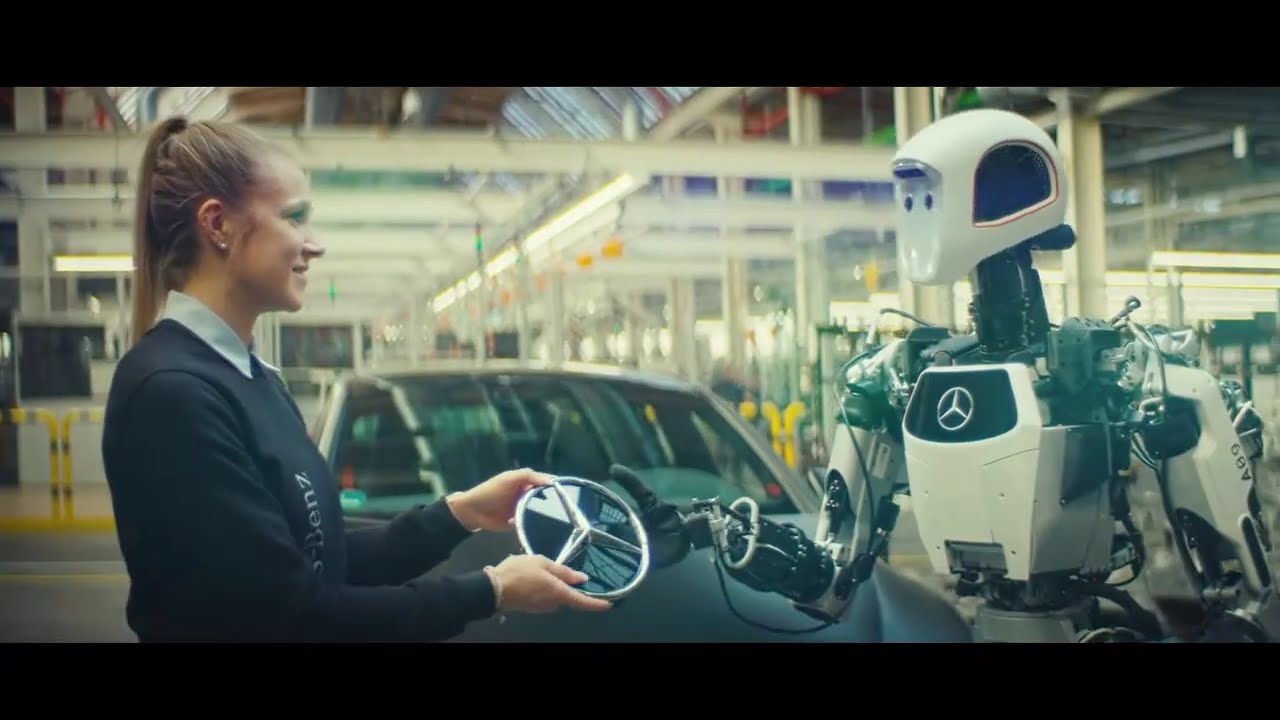
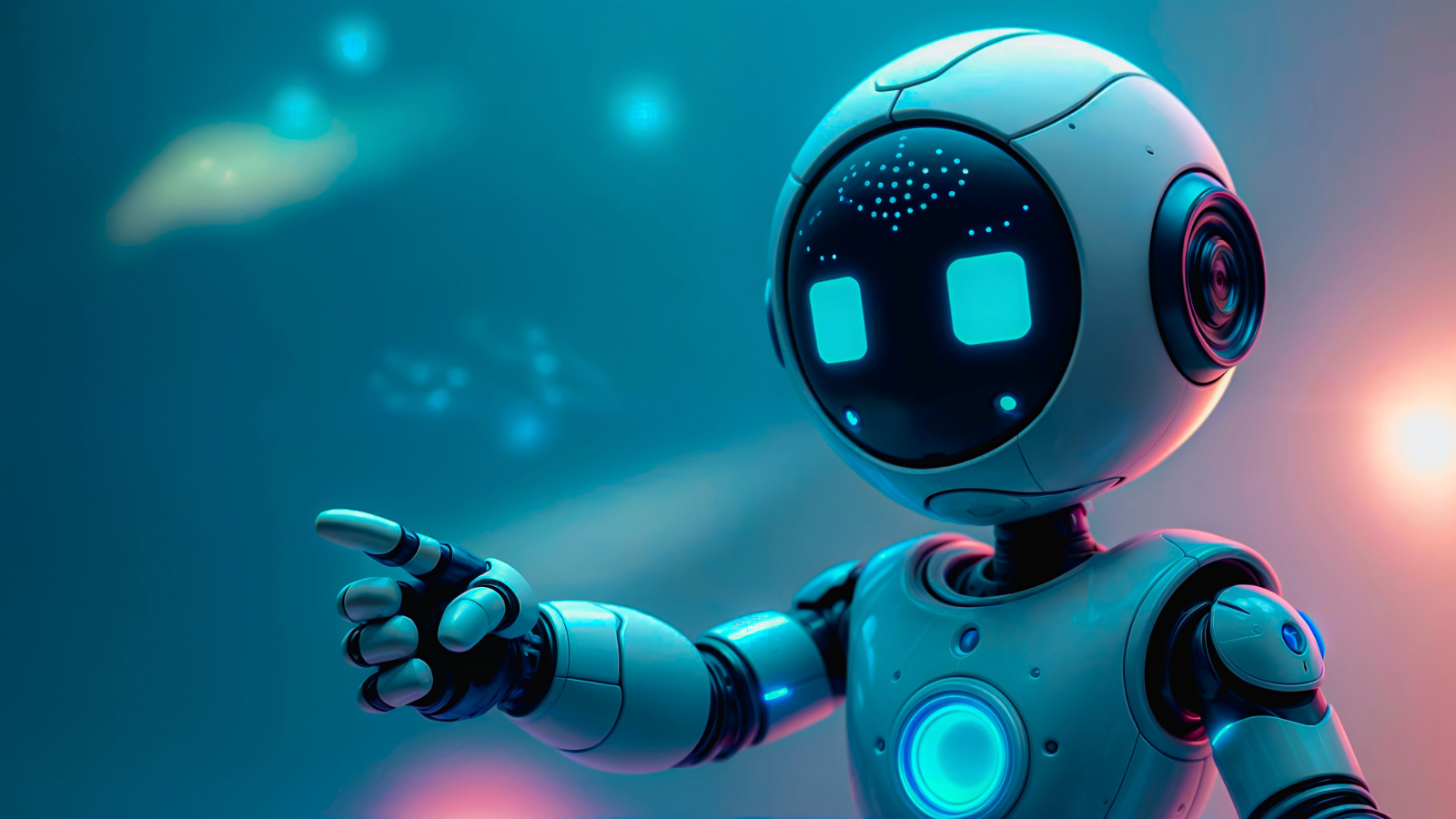

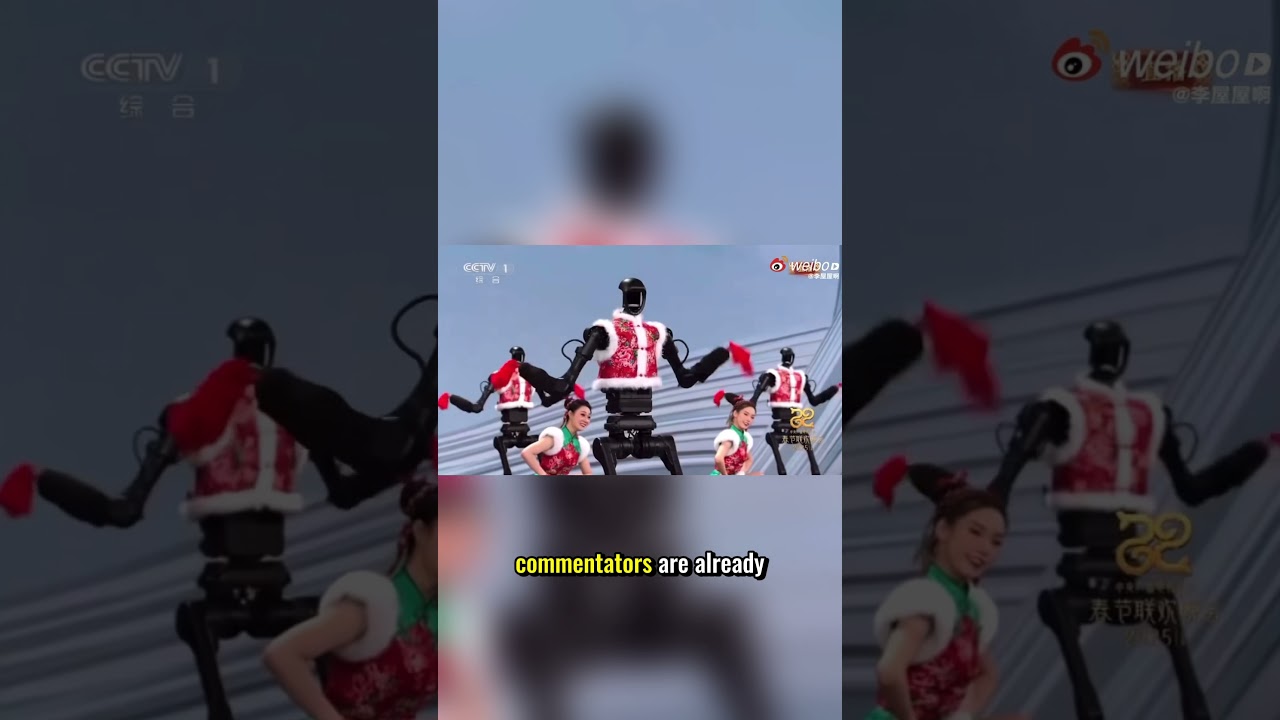


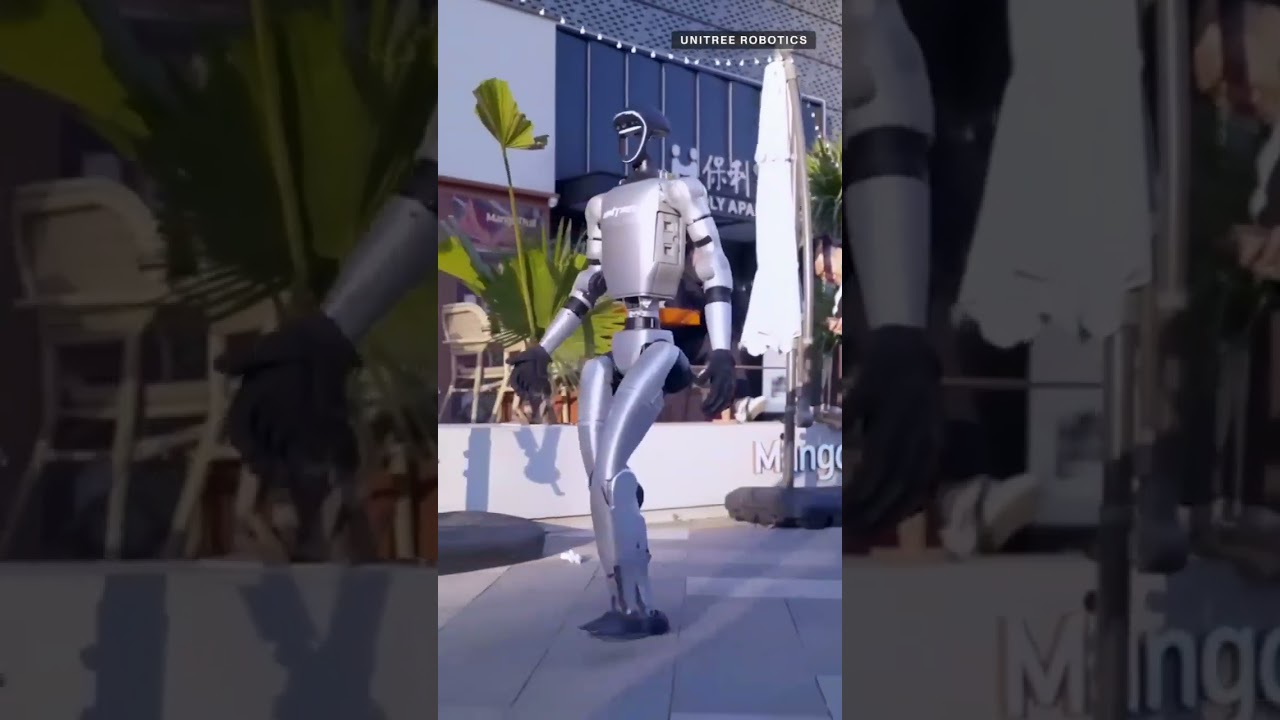
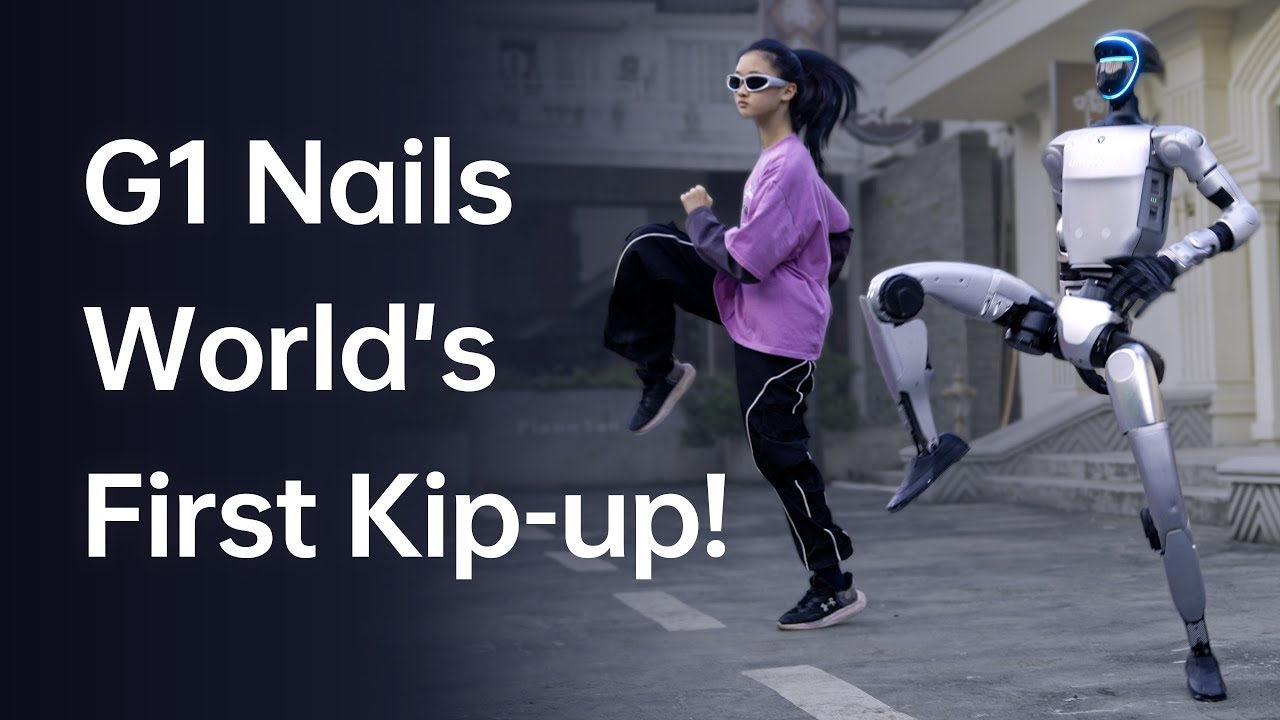


Wir Arbeiter sind am Arsch
It is in human nature to destroy himself
So it begins